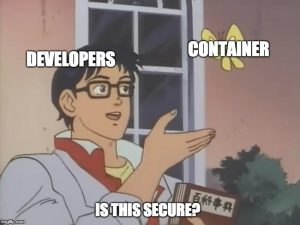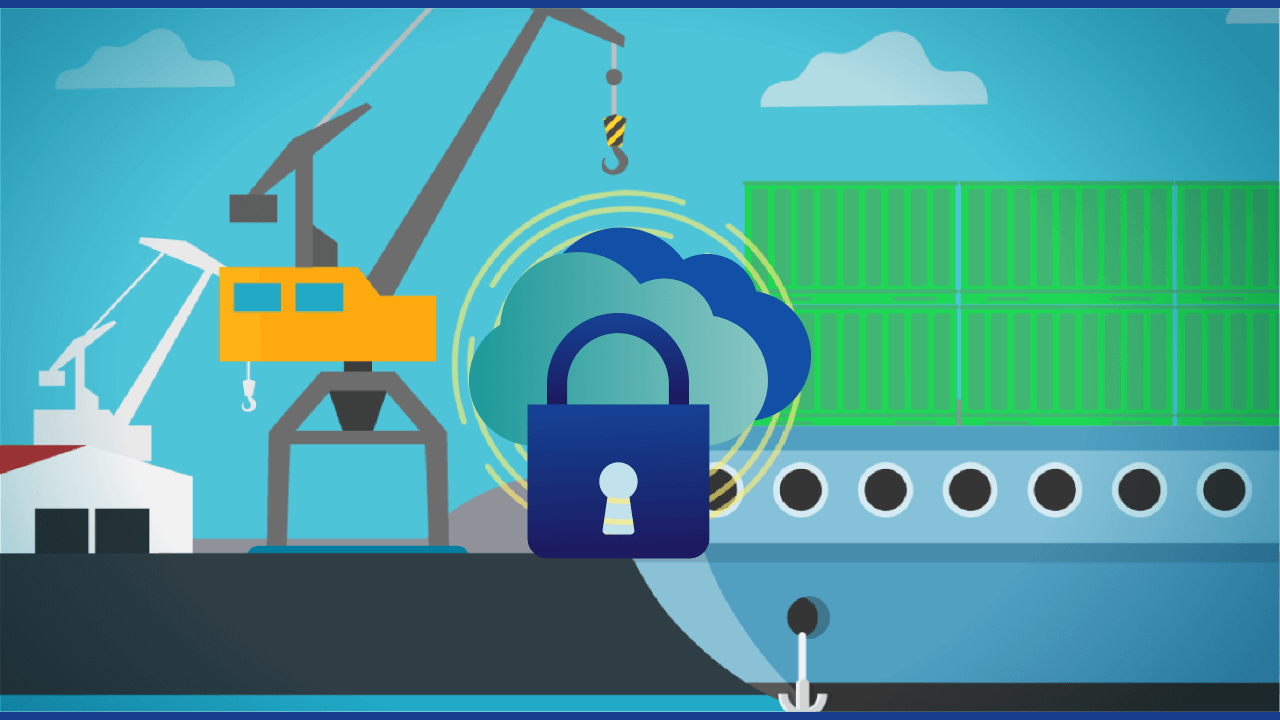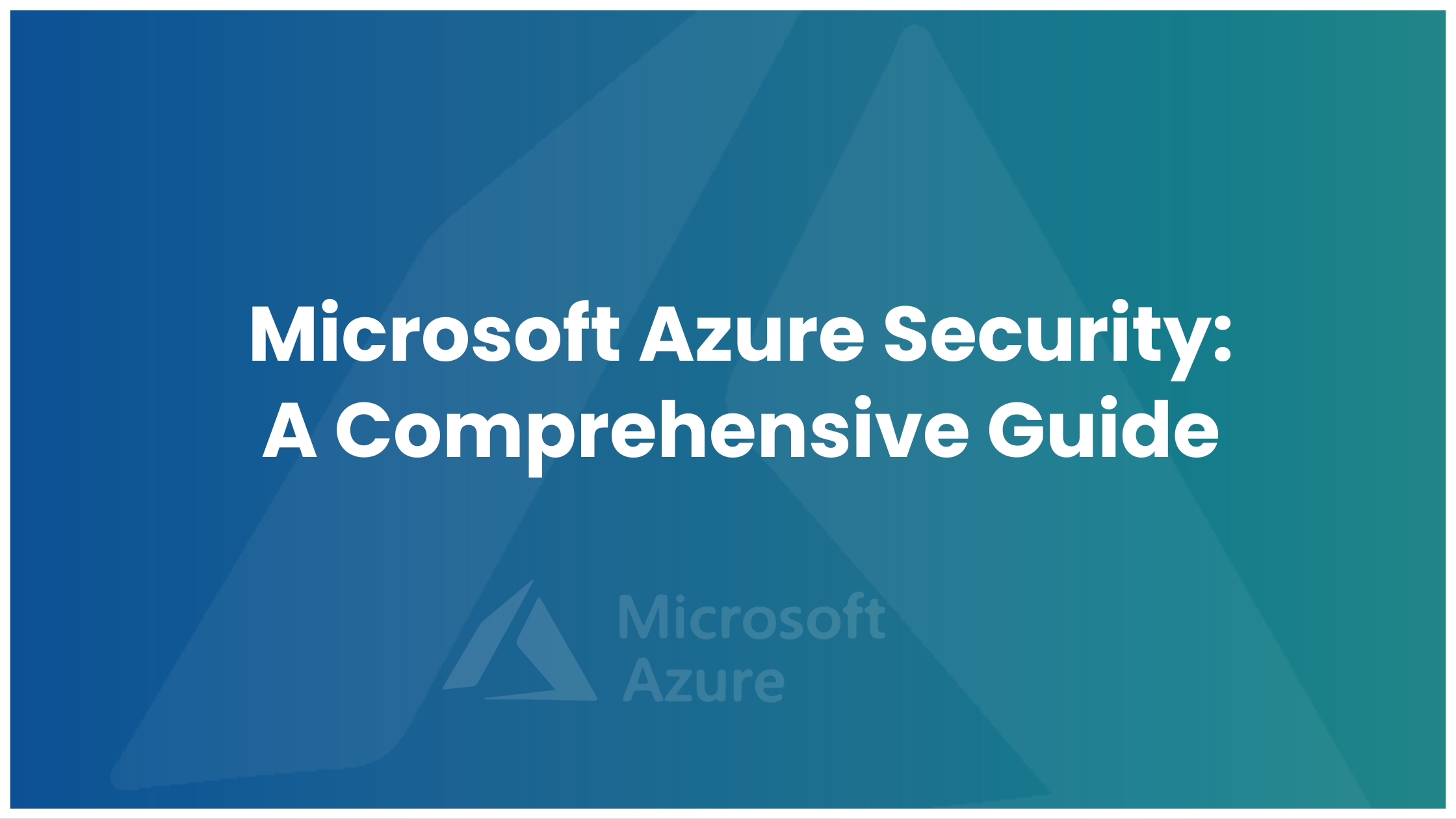Introduction
Containers are a great way to run software and applications in isolation. However, there are security implications that need to be taken into account when using them. This article will provide an overview of container security best practices and how they relate to your organization’s goals.

What is container security?
Container security is a subset of containerization, which is the process of packaging applications into containers. Containers are lightweight ways to package applications and run them in isolation from one another. While this can be useful for organizations that want to separate their services or applications from each other, it comes with many risks associated with running untested software inside a single image file.
Containers are usually not secure because they’re isolated from each other, but they’re also not particularly difficult to exploit if you know what you’re doing (or have access). The goal of container security is simple: keep your containers secure so that users don’t have access to unauthorized files within them—or at least so that those who do have access know how much control they’ve got over those files!
Security best practices for containers
● Use a host-based firewall.
● Use selinux, if available on your system.
● Use the right network namespace (e.g., ipv6, namespaces).
● Use the Security Reference Monitor (SRM) and AppArmor or SELinux profiles, as appropriate for your container environment. You can also use Docker security plugins such as libvirt-lxc-docker or chrootdock to further harden your containers’ runtime environments and improve their security posture by isolating them from one another and from other hosts in your infrastructure.

Takeaway
Now that you’ve learned about container security, it’s time to put all this knowledge into practice. The first step is to ensure that your containers are as secure as possible so that they can do their job without compromising the integrity of your organization or its data.
● Container file system security: The most important thing here is SELinux, which helps prevent access from unauthorized users (for example, hackers) by limiting what processes inside a container can do. You should also make sure that all services running in an open port are properly configured and don’t expose themselves to any attack vectors—this will help keep them secure while they’re running inside a containerized environment like Linux containers or Docker containers.
● Harden kernel: Another good idea is making sure there are no vulnerabilities in the kernel itself; this means checking whether patches have been applied or not before allowing applications access certain features like network interfaces and devices like USB ports or GPUs (Graphic Processing Units).
Conclusion
We hope that you’ve found this blog post informative and helpful. These tips are only a starting point for your container security journey. Make sure to follow up with more resources and research if you want the most thorough, effective protection against attacks on your containers.




